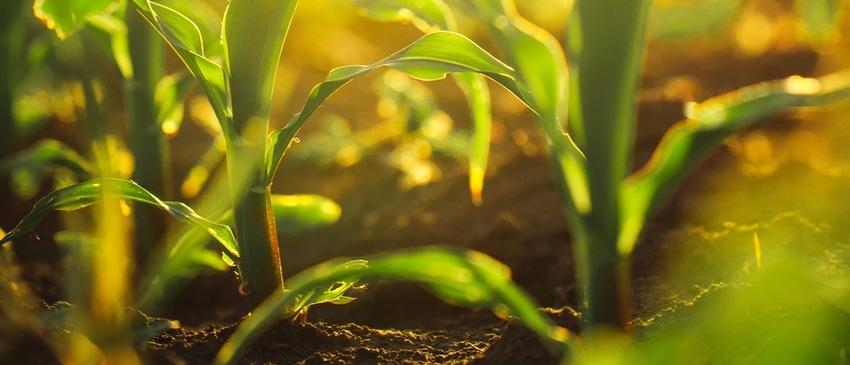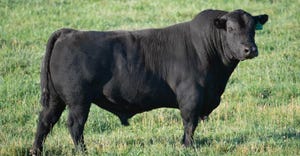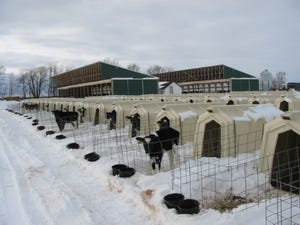Plant breeders balance shared innovation, revenue
Researchers advocate for support of public plant breeding programs.
May 2, 2018

Public-sector plant breeders (such as those at public universities) have developed crops for better productivity. As a result, more food is available to feed a growing population.
However, this research and innovation requires funding, which is increasingly hard to obtain, as well as revenue from the crops developed, according to an announcement from the Crop Science Society of America.
In response, a group of plant breeders met in 2016 to discuss best practices. Julie Dawson, an assistant professor at the University of Wisconsin-Madison, is lead author of a recent paper summarizing their recommendations.
Intellectual property rights can protect crop varieties, and licensing can provide revenue to support further developments. However, certain types of intellectual property rights can restrict plant breeders from sharing plant materials, which can, in turn, limit innovation across the board.
Finding a balance between these needs is tricky. It's also important: "Crop breeding is critical for the future of agriculture," Dawson said. "Plant breeding programs benefit farmers everywhere. They also benefit anyone who eats."
The group has three recommendations: (1) develop best practices for revenue sharing, (2) advocate for increased funding for public programs and (3) establish professional standards for sharing plant breeding materials.
Historically, many crop varieties were released to the public with almost no restrictions, the announcement said. "Budgets are getting tighter," Dawson noted. "Grant funding is also becoming more competitive. Public-sector plant breeders need to seek other sources of revenue."
Royalties generated by licensing new crop varieties have been one revenue stream. These royalties are usually shared between universities and their plant breeding programs. However, the group found that the distribution isn't always equitable.
"Cultivar development can be considered a type of university-sponsored start-up," Dawson said. "In order to continue the breeding programs, a reasonable amount of revenue needs to be returned to those programs. Unfortunately, the work group found this is not always the case."
Overall funding for public plant breeding programs also needs to increase, according to the group. Public breeding programs train the next generation of researchers and plant breeders. They can also focus on low-return, high-value crops that are less attractive to the private sector.
For example, cover crops may have relatively low monetary returns, which limits private sector interest. On the other hand, cover crops have high social or environmental value, such as improving soil quality or reducing erosion.
"Public programs don't have to be immediately profitable, unlike in the private sector," Dawson said. "The public sector is able to respond to regional and long-term needs of U.S. agriculture. It can do so in ways that are more difficult for private companies that need to turn a profit every year."
The group also advocates for uniform standards for sharing breeding materials. They recommend using the Wheat Workers' Code of Ethics as a template. Crop breeders could then work with universities to better define intellectual property rights and sharable resources.
"Tech transfer offices are usually more familiar with medical or engineering innovations," Dawson said. "Plant breeders need existing plant material to continue innovating. Restrictive intellectual property rights can shut off this source of research materials. That essentially turns each breeding program into a silo and hinders innovation."
Read more about the group's recommendations in Crop Science. Funding for the conference was provided by a conference grant from the National Institute of Food & Agriculture's Agriculture & Food Research Initiative and SeedMatters.
You May Also Like

.png?width=300&auto=webp&quality=80&disable=upscale)

